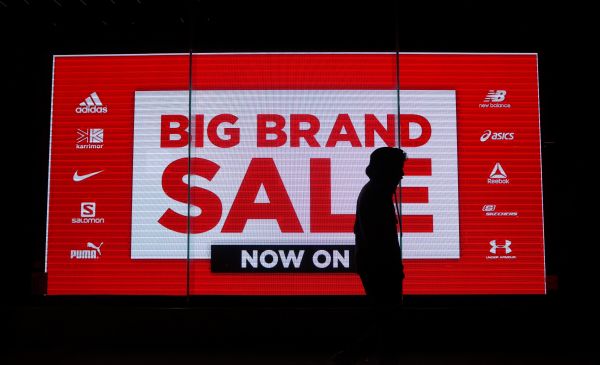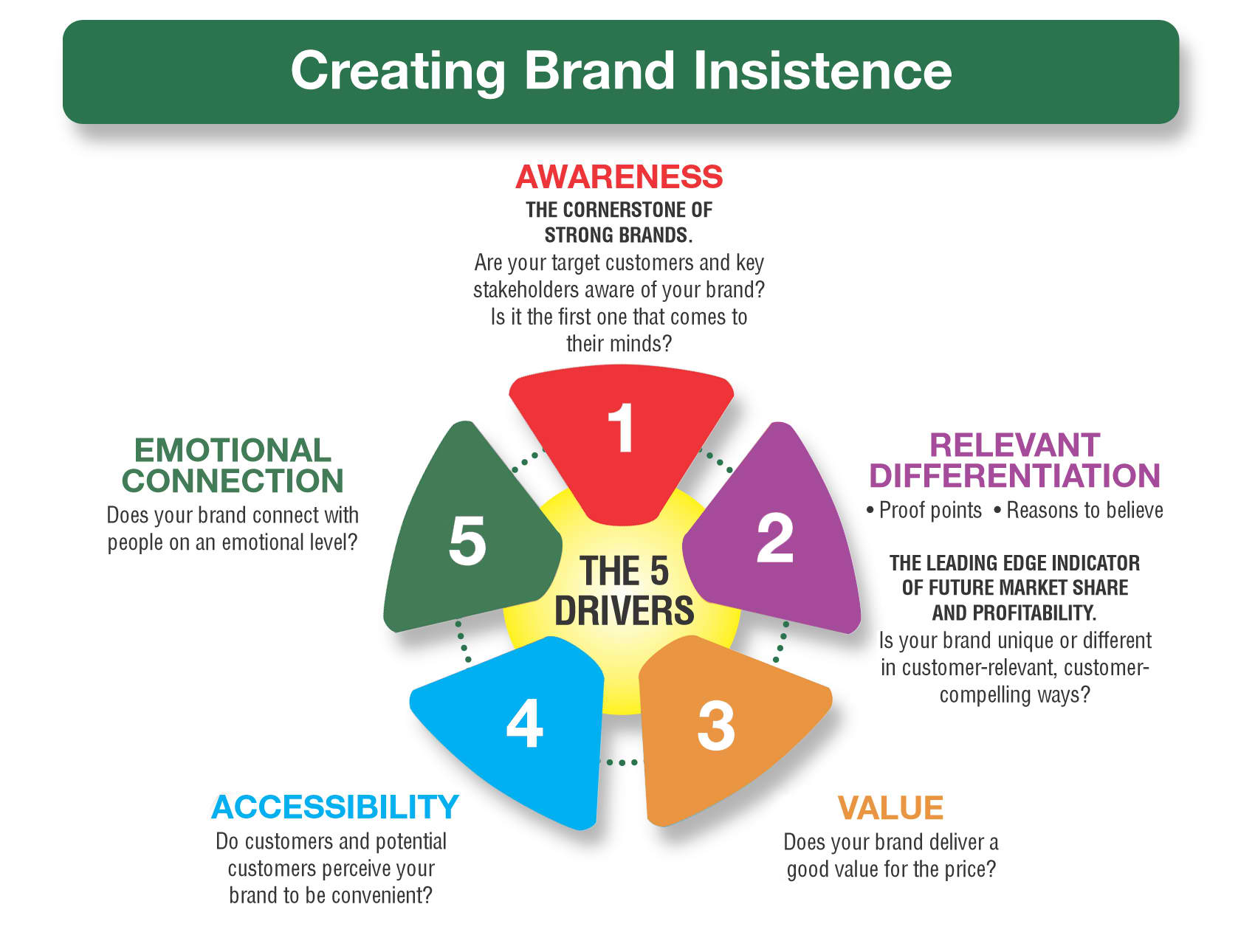Branding Strategy Insider helps marketing oriented leaders and professionals like you define and grow brand value. BSI readers know, we regularly answer questions from marketing oriented leaders and professionals everywhere. Today we hear from Ron, a VP of Marketing in Indianapolis, Indiana who asks these questions about intangible assets.
I’m trying to get a better understanding of intangible assets and have several questions. The first question being, how are they defined?
Thanks for your questions Ron. Intangible assets are assets that are used in the operation of a business but that have no physical substance. They include such things as brands, customer lists, customer loyalty, patents, copyrights, business processes, specialized knowledge, customer contracts, franchises, and licenses, among others. Such assets stand in contrast to tangible assets, such as land, buildings, vehicles, equipment, and inventory.
Why are intangible assets receiving so much attention today?
In contrast to forty or fifty years ago, when tangible assets constituted the vast majority of the assets of a firm, today intangible assets are likely to constitute much of the value of firms. Work by the consulting firms, such as Ocean Tomo and Brand Finance, and accounting firms, such as PwC suggests that more than 80% of the value of many major corporations consists of intangible assets.
What is the significance of intangible assets being such a large percentage of the value of corporations for managers and investors?
First, it is important to know that most intangible assets do not appear on the balance sheets of companies. This means that for most companies, much of their value is unreported. Current accounting practices simply fail to capture the value of most intangible assets. Such assets are most likely to appear on the balance sheet as a result of either an acquisition, when there is a need to justify the price paid for the acquisition, which usually does reflect the value of intangible assets, or in the case of an impairment, where the value of an intangible asset, such as a brand, is reduced in value for some reason. A particularly troubling consequence of such accounting practices is that even when the value of an intangible asset appears on the balance sheet, the value can only decrease; it cannot increase. This makes it very difficult for an investor to evaluate how well management is stewarding the intangible assets it controls. It also creates opportunities for managers to have a free ride because there is no transparency related to how well they are managing most of the assets of the firm. On the other hand, it creates problems for conscientious and responsible managers who wish to demonstrate how they are adding value to a firm through the effective deployment of intangible assets such as brands, copyrighted works, and the like.
Are there best practices related to managing intangible assets?
It is useful to recognize that intangible assets have always played a larger role in the value of businesses than was fully appreciated until recently. There is a substantial body of knowledge and practice experience related to the good management of brands, people, and relationships this is very much applicable. It is just easy to ignore such knowledge and practice when its outcomes do not find their way into financial metrics. This is beginning to change with new ISO standards, such as those for brand valuation and brand evaluation. The critical starting point is recognizing that such assets require identification, management, and reporting over time.
What concrete suggestions do you have for managers who wish to do a better job of managing the intangible assets in their business?
Begin by recognizing that intangible assets are owned by the firm and must be managed by a team with the encouragement and active participation of the firm’s most senior management and board. It is not possible to manage something that is invisible. Just as it is difficult to manage physical inventory when it is out of mind and out of sight, so too is this the case for intangible assets. There needs to be an annual inventory of the firm’s intangible assets that includes a description of who is responsible for their management, how their value, and changes in that value over time are measured and reported, and active strategies for leveraging these assets. There must be a process for making intangible assets visible when making management decisions.
Would such visibility change decision making?
In some cases yes; in some cases no; but it would change the questions that are asked. For example, before using a price promotion to move sales of a strong brand, the question to ask is what the focus on price discounting will do to the value of the brand over the long term? For a brand in decline or headed for obsolescence, discounting may make sense, but for a strong brand that commands a premium price, a short-term bump in sales may not be worth the long–term loss of premium pricing power. Similarly, before laying off 10% of a workforce, managers might ask what knowledge, what relationships with customers and suppliers, and what efficiencies associated with learning from experience will be lost. One reason so many mergers and acquisitions fail to live up to their expectations is failure to consider losses of intangible assets associated with seemingly redundant people and operations.
Are intangible assets likely to become more important or have we seen their peak?
The answers to that question depend on the business. There will always need to be some tangible assets in most businesses, if only to help activate the value of intangible assets. The COVID pandemic has taught us that many tangible assets, like office space, may be less important than we thought, but there are still physical assets that play a mission critical role in most businesses. On the other hand, more and more of what customers buy and consume revolves around experiential attributes, relationships, social interactions, and creative content. I still go to a restaurant for the food, a tangible asset, but much of the value that I am willing to pay for resides in the creativity of the chef and the wait staff members who know me and greet me by name when I arrive.
Do you have questions related to brand and growth strategy? Just Ask The Blake Project
Contributed to Branding Strategy Insider by: David Stewart, President’s Professor of Marketing and Business Law, Loyola Marymount University, Author, Financial Dimensions Of Marketing Decisions.
The Blake Project Can Help You Define Your Brand’s Unique Value In The Brand Positioning Workshop
Branding Strategy Insider is a service of The Blake Project: A strategic brand consultancy specializing in Brand Research, Brand Strategy, Brand Growth and Brand Education




